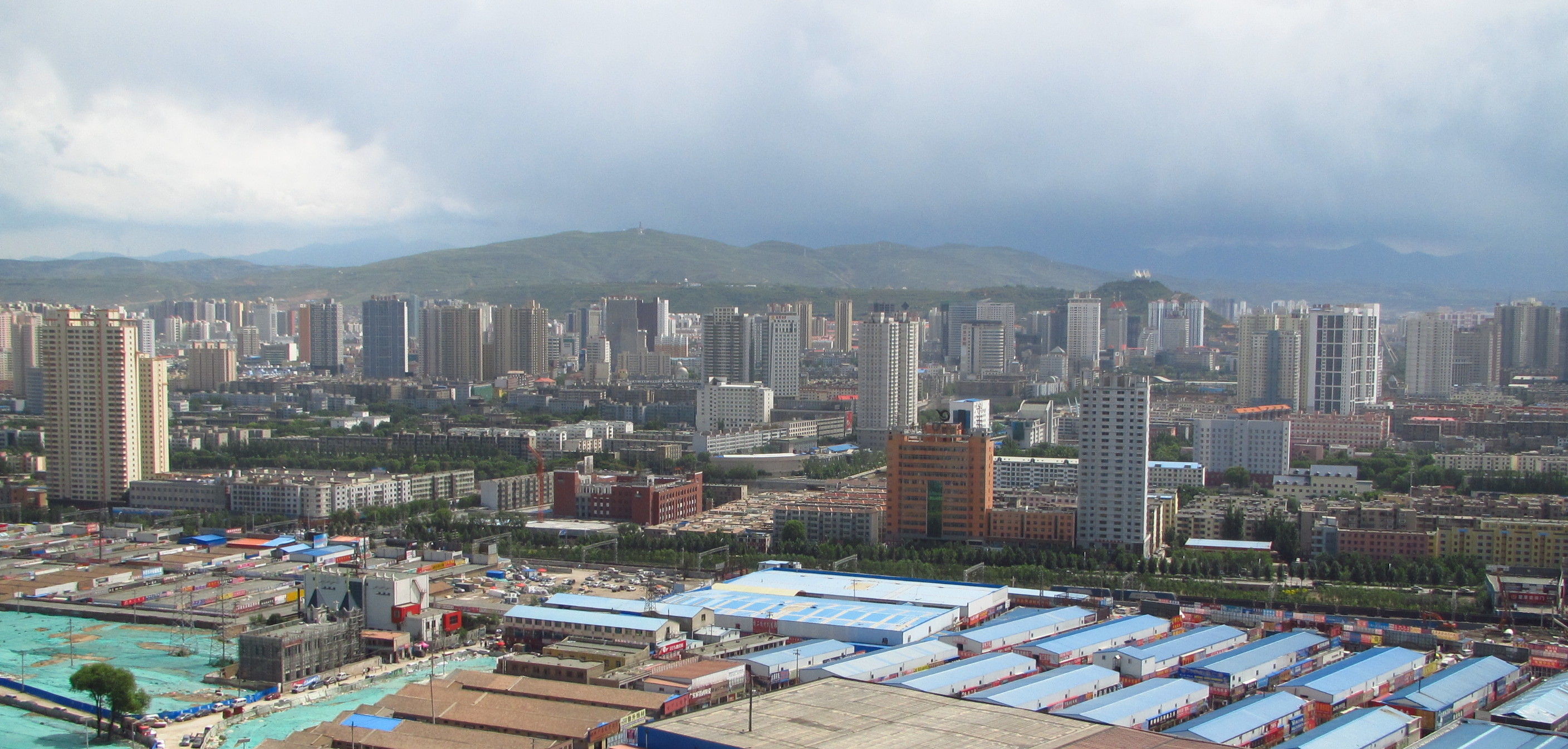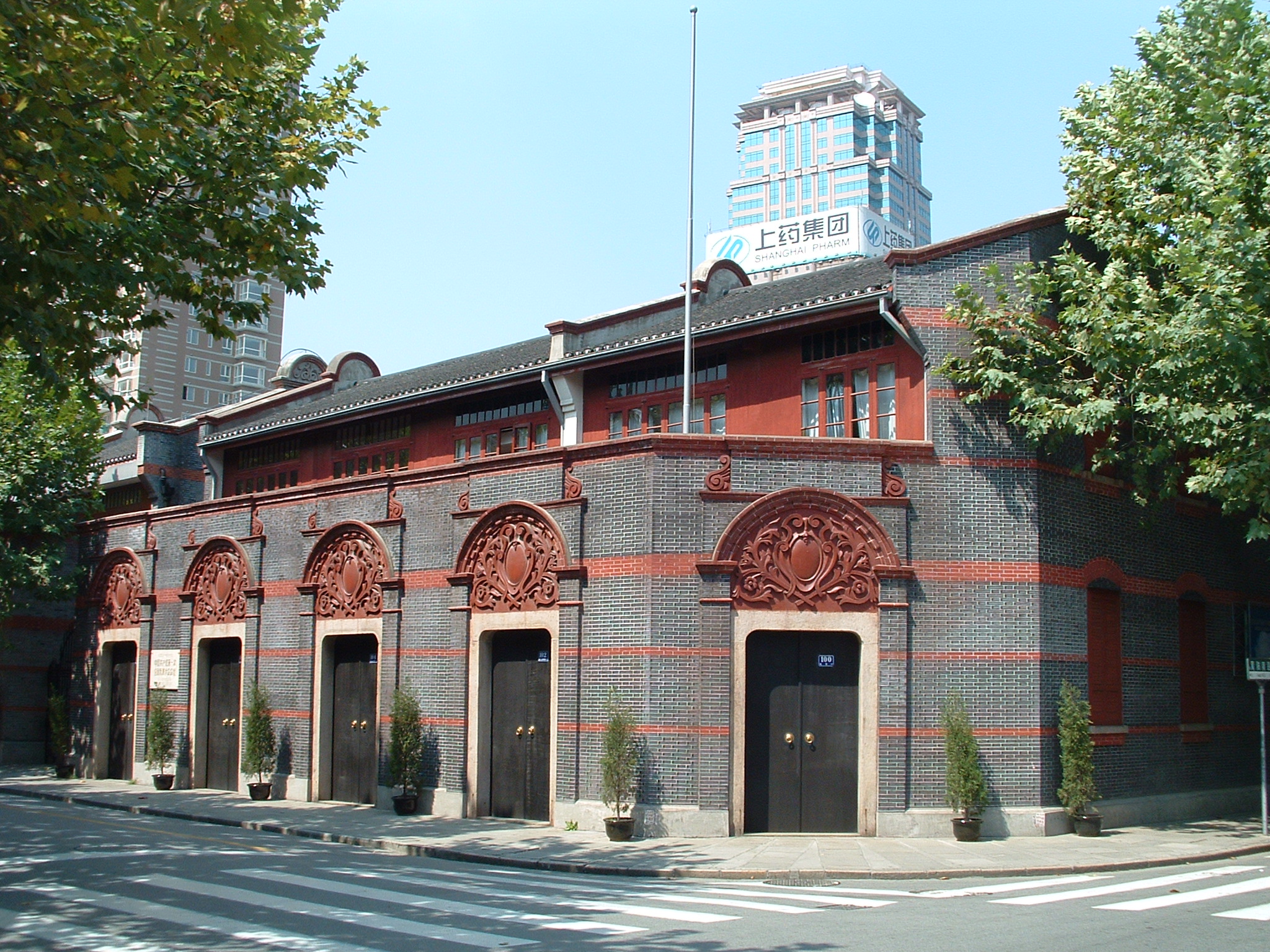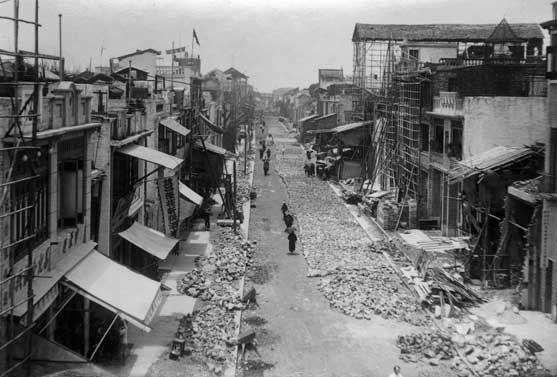|
Chengxi
Chengxi District () is one of four districts of the prefecture-level city of Xining, the capital of Qinghai Province, Northwest China. It covers the western part of Xining's built-up conurbation. It has over 200 000 residents (2004). Ethnically, most are Han; there are also Hui, Tibetan, Tujia, etc. - 26 in all. Administration District executive, legislature and judiciary are in the Xiguan Avenue Subdistrict (), together with the CPC and PSB branches. (Executive or ''People's Government'' is addressed : May Fourth Avenue, 810001). Subdistricts Aside of Xiguan Avenue, the district oversees another five Street Committees and one Town: * Guchengtai (古城台街道) * Hutai (虎台街道) * Shengli Rd (胜利路街道) * Nanchuan West Rd (南川西路街道) * Pengjiazhai Town (彭家寨镇) See also * List of administrative divisions of Qinghai Qinghai, a province of the People's Republic of China, is made up of the following administrative divisions. Administrative d ... [...More Info...] [...Related Items...] OR: [Wikipedia] [Google] [Baidu] |
List Of Administrative Divisions Of Qinghai
Qinghai, a province of the People's Republic of China, is made up of the following administrative divisions. Administrative divisions All of these administrative divisions are explained in greater detail at Administrative divisions of the People's Republic of China. This chart lists all prefecture-level and county-level divisions of Qinghai. Administrative divisions history Recent changes in administrative divisions Population composition Prefectures Counties Drafted and proposed cities Qinghai is planning to re-organise the following administrative divisions: ;County-level cities * Gonghe ← Gonghe County * Guide ← Guide County * Haiyan ← Haiyan County *Qaidam () ← Da Qaidam and Delingha * Maqin ← Maqin County See also * List of township-level divisions of Qinghai, for towns and townships References {{authority control Qinghai Qinghai (; alternately romanized as Tsinghai, Ch'inghai), also known as Kokonor, is a landlocked provin ... [...More Info...] [...Related Items...] OR: [Wikipedia] [Google] [Baidu] |
Xining
Xining (; ), alternatively known as Sining, is the capital of Qinghai province in western China and the largest city on the Tibetan Plateau. The city was a commercial hub along the Northern Silk Road's Hexi Corridor for over 2000 years, and was a stronghold of the Han, Sui, Tang, and Song dynasties' resistance against nomadic attacks from the west. Although long a part of Gansu province, Xining was added to Qinghai in 1928. Xining holds sites of religious significance to Muslims and Buddhists, including the Dongguan Mosque and Ta'er Monastery. The city lies in the Huangshui River valley, and owing to its high altitude, has a cool climate on the borderline between cool semi-arid and dry winter humid continental. It is connected by rail to Lhasa, Tibet and connected by high-speed rail to Lanzhou, Gansu and Ürümqi, Xinjiang. The city is home to Qinghai University, a comprehensive university and the only Project 211 university in Xining. History Xining has a hist ... [...More Info...] [...Related Items...] OR: [Wikipedia] [Google] [Baidu] |
Hui People
The Hui people ( zh, c=, p=Huízú, w=Hui2-tsu2, Xiao'erjing: , dng, Хуэйзў, ) are an East Asian ethnoreligious group predominantly composed of Chinese-speaking adherents of Islam. They are distributed throughout China, mainly in the northwestern provinces and in the Zhongyuan region. According to the 2011 census, China is home to approximately 10.5 million Hui people. The 110,000 Dungan people of Kazakhstan and Kyrgyzstan are also considered part of the Hui ethnicity. The Hui have a distinct connection with Islamic culture. For example, they follow Islamic dietary laws and reject the consumption of pork, the most commonly consumed meat in China, and have developed their own variation of Chinese cuisine. They also dress differently than the Han Chinese, some men wear white caps ( taqiyah) and some women wear headscarves, as is the case in many Islamic cultures. The Hui people are one of 56 ethnic groups recognized by China. The government defines the H ... [...More Info...] [...Related Items...] OR: [Wikipedia] [Google] [Baidu] |
District (China)
The term ''district'', in the context of China, is used to refer to several unrelated political divisions in both ancient and modern China. In the modern context, district (), formally city-governed district, city-controlled district, or municipal district (), are subdivisions of a municipality or a prefecture-level city. The rank of a district derives from the rank of its city. Districts of a municipality are prefecture-level; districts of a sub-provincial city are sub-prefecture-level; and districts of a prefecture-level city are county-level. The term was also formerly used to refer to obsolete county-controlled districts (also known as district public office). However, if the word ''district'' is encountered in the context of ancient Chinese history, then it is a translation for '' xian'', another type of administrative division in China. Before the 1980s, cities in China were administrative divisions containing mostly urban, built-up areas, with very little farmla ... [...More Info...] [...Related Items...] OR: [Wikipedia] [Google] [Baidu] |
Communist Party Of China
The Chinese Communist Party (CCP), officially the Communist Party of China (CPC), is the founding and sole ruling party of the People's Republic of China (PRC). Under the leadership of Mao Zedong, the CCP emerged victorious in the Chinese Civil War against the Kuomintang, and, in 1949, Mao proclaimed the establishment of the People's Republic of China. Since then, the CCP has governed China with eight smaller parties within its United Front and has sole control over the People's Liberation Army (PLA). Each successive leader of the CCP has added their own theories to the party's constitution, which outlines the ideological beliefs of the party, collectively referred to as socialism with Chinese characteristics. As of 2022, the CCP has more than 96 million members, making it the second largest political party by party membership in the world after India's Bharatiya Janata Party. The Chinese public generally refers to the CCP as simply "the Party". In 1921, Chen Duxiu and Li ... [...More Info...] [...Related Items...] OR: [Wikipedia] [Google] [Baidu] |
Nanchuan West Road Subdistrict
Nanchuan () is a district and former county of Chongqing, China, bordering Guizhou Guizhou (; formerly Kweichow) is a landlocked province in the southwest region of the People's Republic of China. Its capital and largest city is Guiyang, in the center of the province. Guizhou borders the autonomous region of Guangxi to t ... province to the south. Administration Climate Transport * Nanchuan–Fuling Railway References Districts of Chongqing {{Chongqing-geo-stub ... [...More Info...] [...Related Items...] OR: [Wikipedia] [Google] [Baidu] |
Shengli Road Subdistrict
The Shengli Oil Field () is the second-largest oil field in the People's Republic of China, with daily production of approximately . It is located in the Yellow River delta, in the north of Shandong province bordering Bohai Sea. Its main working area covers 28 counties under the jurisdiction of eight prefecture level cities in Shandong Province, namely Dongying, Binzhou, Dezhou, Jinan, Weifang, Zibo, Liaocheng and Yantai Yantai, formerly known as Chefoo, is a coastal prefecture-level city on the Shandong Peninsula in northeastern Shandong province of People's Republic of China. Lying on the southern coast of the Bohai Strait, Yantai borders Qingdao on the .... The major production area lies on both sides of the Yellow River Mouth. The field was discovered in 1961 and its development began in 1964. It has accumulated proven oil of reserves of 4.63 billion tonnes. References Oil fields in China Geography of Shandong {{Oilfield-stub ... [...More Info...] [...Related Items...] OR: [Wikipedia] [Google] [Baidu] |
Street Committee
A subdistrict ()' is one of the smaller administrative divisions of China. It is a form of township-level division which is typically part of a larger urban area, as opposed to a discrete town (zhèn, 镇) surrounded by rural areas, or a rural township (xiāng, 乡). In general, urban areas are divided into subdistricts and a subdistrict is sub-divided into several residential communities or neighbourhood A neighbourhood (British English, Irish English, Australian English and Canadian English) or neighborhood (American English; American and British English spelling differences, see spelling differences) is a geographically localised community ...s as well as into villagers' groups (居民区/居住区, 小区/社区, 村民小组). The subdistrict's administrative agency is the subdistrict office ()"【街道办事处】 jiēdào bànshìchù 市辖区、不设区的市的人民政府派出机关。在上一级政府领导下,负责本辖区内的社区服务、经 ... [...More Info...] [...Related Items...] OR: [Wikipedia] [Google] [Baidu] |
Xiguan Avenue Subdistrict
Saikwan or Xiguan is an ancient town and an area in the Liwan district of Guangzhou, China, which was located west of the old walled city. The Thirteen Factories trading enclave was located on its southern shore and the Shamian enclave was constructed beside it. Xiguan continues to have a distinctive culture within Guangzhou and some residents speak a distinctive dialect of Cantonese. It now forms most of Liwan District. Name Before the 20th century, Guangzhou was a walled city with many gates. Its western gates included the Taiping Gate ''Tàipíngmén''; . "Gate of Great Peace") and the West Gate ''Zhengximén'', . "Straight Western Gate"). "Saikwan" or is a romanization of the local Cantonese pronunciation of the same Chinese characters. It was formerly the area's more common English name, although Mandarin pinyin is now the official form within China. It was also sometimes simply translated as "Westgate" or the "western suburbs" of Guangzhou ( formerly kn ... [...More Info...] [...Related Items...] OR: [Wikipedia] [Google] [Baidu] |



